How To / Buy Your First Piece of Art
7 years ago by
If you are thinking about collecting art, the documentary, Herb & Dorothy should be at the top of your Amazon Prime watch list. By spending their free time with artists, visiting their studios and attending gallery openings, the couple built a collection that included more than 4,500 works. Herb and Dorothy Vogel had no formal art training, but they understood the secret to putting together a priceless collection. “We bought what we liked,” said Dorothy. Chuck Close, Andy Warhol and Cindy Sherman are just a few of the then unknown contemporary artists the Vogels bought with savings from their modest postal worker and teacher salaries.
After watching this movie, I was inspired to ditch my framed museum posters and took to the streets of New York hoping I would uncover the next Jean-Michel Basquiat. I had no idea what I was looking for, but spent $100 on paintings based on the drug hallucinations of a recovering crackhead. I was taken by the man’s nearly three years’ sober accomplishment and felt that was reason enough to invest in him.
Investing in art for the first time can feel overwhelming, especially if you are not familiar with how the process works. I was thrilled when art advisor BJ Topol (an old friend of the Atelier – see her Style Story here and her career interview here!), and Chelsea Nassib, co-founder of the digital art gallery Tappan, agreed to talk to me about how to navigate today’s art market online and off. BJ’s 30 years of experience, her expertise in American painting from 1850-1950 and Chelsea’s experience as an e-commerce emerging art pioneer (earning her a spot on Forbes’ 30 under 30 list!) together provide us with this comprehensive guide to buying art.
…on the first piece of art they bought…
BJ: A small work on paper by Jon Pylypchuk also known as Rudy Bust. It was in L.A. on a trip with MOMA. Price: $50
Chelsea: A sculpture by Evan Robarts, an artist that we showed at Basel in 2012. We took a couple of his sculptures to Basel and they sold immediately. I asked him to commission another one. It is a basketball in a glass case. Price: $800
…on developing an eye for art…
BJ: Looking at art in person is the most important thing you can do. In New York City you have all the greatest museums, galleries which are free, auction houses, and art fairs. The more you see the more you feel comfortable with what you are looking at because it can be intimidating. When we’re working with clients we often say, “Who is your favorite artist?” Even if it’s not someone that you can collect, it gives us a sense of: do they like figurative art; do they like abstract art; are they interested in something that has a political message; bright colors? The more you see the more you can narrow down to what actually speaks to you.
There are museums everywhere and there is going to be a group you can join! Make an investment in educating yourself. There is an organization called The Cultivist started by amazing women who worked for Sotheby’s. You join for an annual fee. If you’re traveling and want to know if there is an art fair or a museum that might have exhibits that are interesting to you, they can help put together an itinerary. They get to know what your interests are and help make the art world more accessible. There are so many things that I don’t know and I need someone to help open those doors for me.
Establish relationships with people in the business. Galleries give off that impression of the person sitting behind the desk, it’s hard to get into the back room. I would say go to art fairs. There are art fairs for every different budget. I wouldn’t bug anyone on the opening day when dealers are busy, but these people have so much knowledge and they are sitting there for hours and are happy to talk to you. An ice breaker question to ask is, “I am just beginning to collect and I really love what’s in your booth. Can you tell me about it?” Maybe the first art fair will be a little intimidating, the second you are going to recognize some of the same artists and will feel proud of yourself. Then you’ll go to an auction or you’ll be reading a magazine and you’ll start to feel connected. You’ll go to a museum show, and think, “I saw that artist when I was at Frieze or at the Independent.” It all comes together.
…and an eye for a digital format…
Chelsea: What’s important is that you learn what you like. Part of learning your taste is also learning about the artist behind the work, the subject, the concepts they’re exploring. The more that you’re exposed to the faster you will understand your personal taste. You should feel comfortable buying from a high resolution jpg. On Tappan we show details: the thickness of the paint or the subtlety of the paper. I always say the work looks better in person. If you like it online you’ll most likely be pleasantly surprised when you get it!
…on traditional vs. contemporary art…
BJ: Traditional art is easier to understand. You can tell there is a story going on. Maybe it’s a battle scene with Napoleon on a horse or it’s a portrait of an aristocratic woman because you can tell from the objects behind her. Contemporary art is abstract. Often it doesn’t have an obvious message. It can be intimidating. People want to know what they are supposed to think. I try to strip that away and go with your gut reaction. Do you love it? Do you hate it?
…on comparing the brush strokes of Mark Rothko and Willem de Kooning…
BJ: One of the classic distinctions is color field painting or action painting. Willem de Kooning and Mark Rothko were contemporaries, but their brush work was incredibly different. Mark Rothko thinned down the paint. He would stain the paintings so the paint would seep into the canvas and create these floating colors that were atmospheric. He wanted you to lose yourself in this world, by creating something a bit more poetic, a bit more soulful. He has this stained overall color. Then you look at Willem de Kooning, who was all about the paint on the canvas. You can see what’s called impasto, which is a thick buildup of paint. If you get close enough it almost looks like it is still wet. He was from a school where it was more about action painting—painting your emotions and feelings on the canvas. It looks like it was done rapidly.
…on the digital impact in the emerging art market…
Chelsea: It’s almost impossible for a brick and mortar gallery to support emerging artists just because of the financial constraints. If a gallery has a show and they’re showing 10 or 20 or 50 (which they wouldn’t do) water colors at $100 each, they’ll never make their rent. They’ll never be able to cover their overhead. Because of the advent of the internet and what we’ve been able to do in the online space, we’re able to showcase these emerging artists and their work and make their work accessible.
…on setting an art budget…
BJ: Collecting on a budget can be as meaningful and exciting as having a limitless budget. The beauty of the internet is that the art world has been broadened! There is so much more opportunity on both ends of the spectrum.
I didn’t do this, but I wish I did–I wish I had taken a small percentage from each paycheck and set it aside. You have to be disciplined.
And galleries will sometimes take a payout. You can always try. You don’t get the work of art until it’s fully paid, like buying something on layaway.
Chelsea: It’s important to know that you can buy artwork at any budget. That is one of the things we do here at Tappan. We make an artist the initial mission. Knowing a ton of emerging artists who were doing really incredible work, but didn’t have the opportunity to show in a proper gallery and we are bringing that work to the public. On Tappan you can find something truly incredible and special for as low as $100-$200.
…on affordable art for a first-time buyer…
BJ: A lot of people like to start with prints because it is a multiple instead of an original so the price point tends to be more reasonable.
Sometimes you can buy a piece from a benefit auction that you normally wouldn’t be able to afford at a regular fine art auction or gallery. You’re making a difference by making a donation. Take Home a Nude at the New York Academy of Art is a fantastic benefit and everything is online.
Chelsea: Initially photography comes to mind, but once I actually think about it there is photography, drawing, collage, small sculpture, they all range in price.
…on art buying strategies…
In person and online
Chelsea: The strategies should be very similar. Make sure to always do your homework. Ideally you are buying from someone you trust who has expertise in the industry. That way you know the price properly reflects the quality and value. And then, if you can ask for advice from a trusted expert, you should always do so. With galleries sometimes you have to see first if they’ll sell it to you. That’s a whole other element. Online it’s a similar, “I see it, I love it, I’m going to think about it and then I’m going to come back and purchase it,” although there’s a lot less friction. If you want it, you can have it.
Direct from artist on Instagram
Chelsea: I think what’s most important is if you have found an artist through a gallery that you go through that gallery. That’s one of those ground rules. And then, beyond that, learn about the artist. Always know the dimensions and materials used. If and when you purchase the work, you’ll also want a title and date for your records. Ask the artist how they made it. This can be fascinating and deepen your understanding of the value of the work. Price check: if this is your first time buying and the price seems high, ask a trusted source.
…on how artwork is priced…
Established Artists
BJ: Artists who are in museum collections, who are at auctions frequently already have a fair market established. For example, if someone came to me and said, “I’m thinking about Louise Bourgeois, what should the right price be?” You can look on artnet and usually I’ll try and look within the last ten years to see what something has sold for that’s similar. You can get a sense. With living artists, typically the gallery will establish a price and there will be an agreed upon split between what the gallery gets and what the artist gets. I think there is a misconception that dealers are out to ask for huge prices. They’re not. Their job is to establish and maintain a healthy market for their artist, not overprice or underprice. They want collectors to collect and artists to do what they do. I wouldn’t be suspicious of that.
At auction
BJ: It’s a fair market situation. You’ve got people bidding and the price is the price. It gets complicated sometimes because there are people who want it and are willing to pay double what it’s worth.
Emerging artists
BJ: For younger artists and less established artists, it’s really up to the dealer to establish their market. That’s what they are so good at. They have the eye to discover artists. It’s very important to be working with reputable galleries that you trust.
Emerging artists exclusively online
Chelsea: Every site is different. On Tappan we base prices on size of the medium, the artist’s practice and where they are in their career. All of those factors go into the price of the work. On our site framing is sold separately. We do all custom framing. Shipping is not included because we sell canvases that have to be freighted and crated across the world. Shipping is representative of the distance traveled, not a percentage of the piece.
…on asking for a discount…
In person
BJ: Galleries appreciate if you’re serious about buying the piece. If you’ve been following the artist, this is a piece that you love, you’ve been talking to the dealer frequently, and really thinking about this as a piece to own you can talk about a discount. Sometimes there’s no room, but frequently there is between 5% and 10%.
Online
Chelsea: Generally, I would say you should accept the offer. Trade will sometimes get a discount. With most of the online platforms discounts aren’t freely given. I don’t know that brick and mortar galleries would give a discount either to an individual walking in. For us, our principle is making it approachable. We’re pricing really fairly and the artist gets a very big percentage of that sale, so there isn’t a whole lot of room.
Artist on Instagram
Chelsea: Why not? You can always ask.
…on valuing art as investment when you have limited funds…
BJ: When you’re starting at a low budget there’s really no guarantee. I always go back to doing your work, getting to know the markets so you can make your best educated guess. Buy what you love because you’ll be O.K. with the fact that maybe it’s not going to go up in value. If you buy something that you think you should buy, you might get tired of it.
Chelsea: At this level, it becomes really important to buy with your eyes and not with your ears. You really should be buyingwhat makes you happy and not worry as much about the appreciation and value.
…on buying artwork in an edition…
BJ: Usually people like the idea of buying something that’s in a limited edition because there are not that many of them around and it’s a bit more unique, but I really think it’s about what you like. For example, I love Jeff Koons. He made this huge edition of puppy vases. I think it’s 2,500 and he may have even extended it. I am probably never going to buy one of his major sculptures, but I wanted to have one of his sculptures for less money. Even though it’s a huge edition, I love it so much.
…on avoiding fraud…
BJ: It goes back to making an informed decision. I worry about making random purchases online with someone you don’t know on the other end. It’s one thing if you see that this gallery is on artnet and you know the roster of artists that they show. To avoid fraud you just have to work with reputable galleries and auction houses because they will always stand behind what they sell.
Chelsea: We have a certificate of authenticity that comes with all of the work, paintings, photography, that includes the date, the artist’s name, the title, the addition number if applicable, and the artist’s signature. The more documentation you have around a purchase the better. If it’s in a catalogue and you have the catalogue of that year that’s a great thing. If an artist sends you a note with your piece, keep the note. I like to keep them on the back of my frame so that they’re always together.
…on finally going for it…
BJ: Can you live without it? If you can live without it, then that may not be the piece for you. At a certain point there is a moment when you’re looking and you’re feeling ready, but you’re scared to take the leap. You just have to do it. Rip the band aid off. You always feel like you’re paying too much. Take the plunge and you’ll never look back. Missing something once helps you make decisions the next time.
…and going for it digitally…
Chelsea: We really love being a place for the first-time art buyer. Somebody who doesn’t necessarily feel comfortable walking into a gallery asking for prices, somebody who doesn’t know where to go can come to Tappan and feel like this is a safe space. The artists have been highly curated, they have been vetted so whatever you are drawn to, whatever you like on the site, you can feel comfortable purchasing.
…on building a personal art collection…
BJ: One of the most frequent questions I get asked is, “How do I build a collection that works together?” It will work if these are pieces that you love. There will be a thread that will keep them together. Eclectic collections are the most interesting because they are not predictable. I like a lot of artists that other people have in their collection so we share a lot of artists, but no one art collection is the same. I think that’s what makes each one so exciting to see.
…on their dream collection if money was no object…
BJ: My kids own art!!!! A Felix Gonzales Torres Candy Corner piece (preferably chocolate); A Fred Sandback string sculpture; A wall of Wolfgang Tillmans photographs (some in frames and some just pinned to the wall); A Cy Twombly blackboard painting (preferably huge); A Willem De Kooning painting from the early 1970’s that oozes with color and paint on the surface; A Donald Judd stack (preferably with blue plexi, but I won’t be too picky); An Ed Ruscha word painting (that makes me smile each time is walk by it); A Richard Prince Monochromatic joke painting (same comment as above); A Ronnie Horn blue glass sculpture that looks like a pool of water; A whole wall of DAVID Shrigley drawings (same comment as above); An Ugo Rondinone rainbow sign ( like the one that used to be on the facade of the New Museum that says HELL YES); An Urs Fischer candle portrait (that is life size and you can use!); A small Mark Grotjahn oil on paper like in the recent show at Gagosian on 24th Street; An Elizabeth Peyton floral still life AND portrait painting; An Ellsworth Kelly plant drawing; Anything by Jean Michel Basquiat (for my daughter Alexandra); An abstract Cecily Brown painting (for my daughter Isabel); A large black and white Sugimoto seascape photograph; A John Singer Sargent watercolor made while he was in Venice painting from a gondola (or two or three); An early Wayne Thiebaud food still life (preferably a pie or cake); A giant Richard Diebenkorn Ocean Park painting with lots of boy; A Martin Creed room full of balloons; A Richard Serra rolled steel outdoor sculpture for all the kids in the neighborhood to play hide and seek in; My very own Yayoi Kusama infinity room for friends to enjoy and take selfies in; A suite of the Cindy Sherman Untitled Film Stills’; An Andy Warhol flower painting; A Christopher Wool text painting; A Lucio Fontana white slash painting; An Yves Klein blue pigment painting; A white Calder mobile and a red Calder stabile; A Georges Seurat charcoal figure drawing; An Edouard Manet floral still life; My own James Turrell room; A Lawrence Weiner word piece; An Ai Weiwei installation—List in formation…
Chelsea: A dream collection would be constantly evolving to include emerging artists, especially those I represent as well as work by some of the greats I most admire – Gustav Klimt, Egon Schiele, Clyfford Still and Cy Twombly.

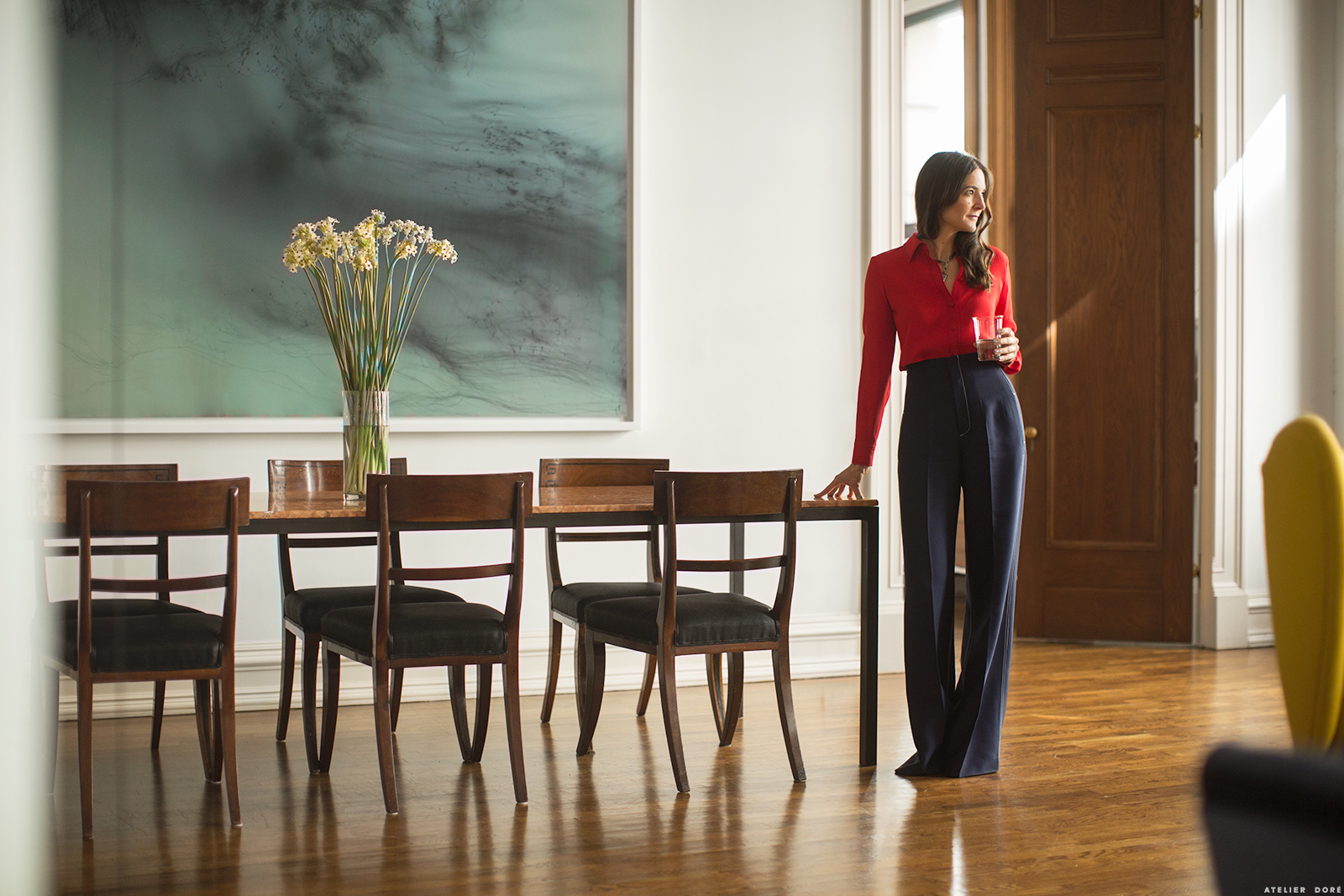





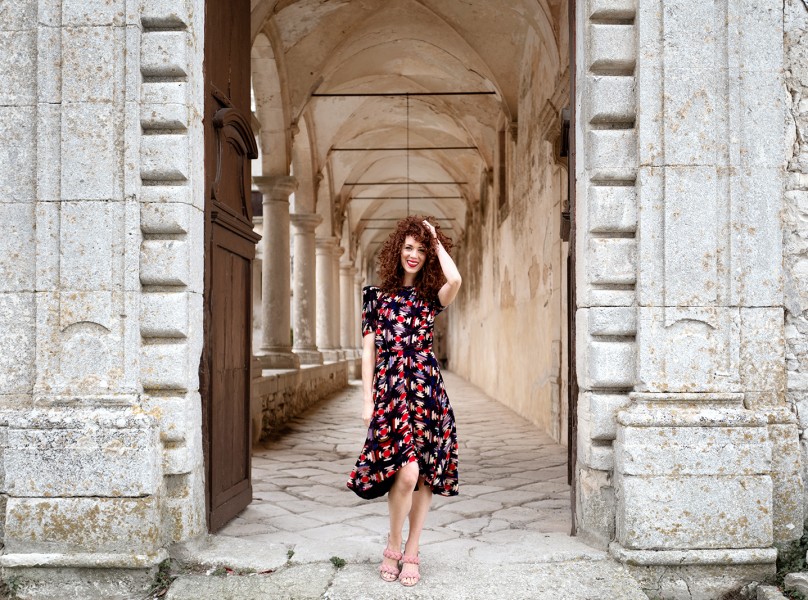

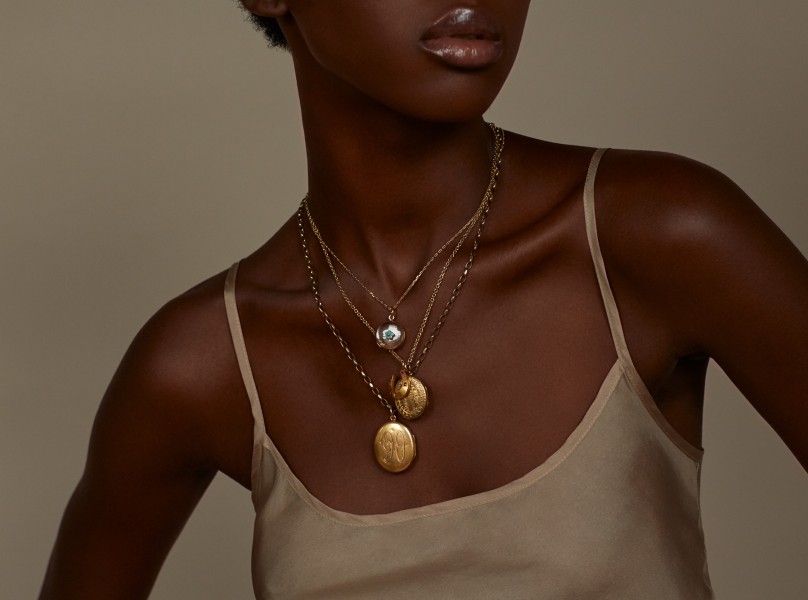











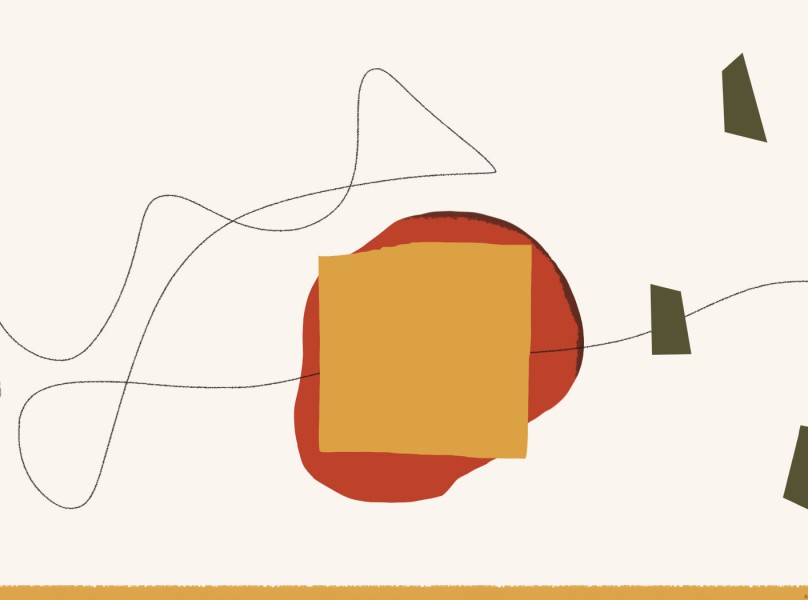




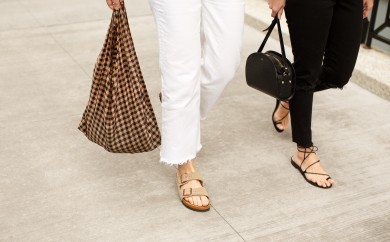
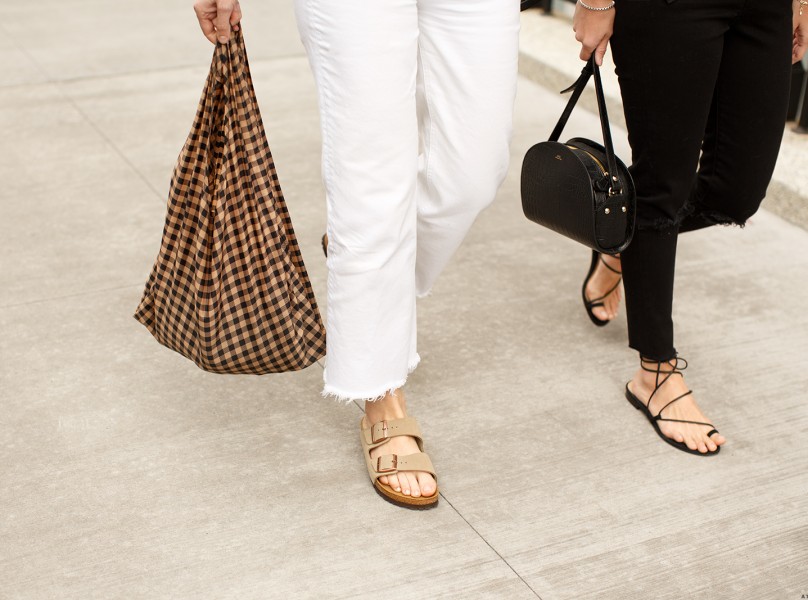
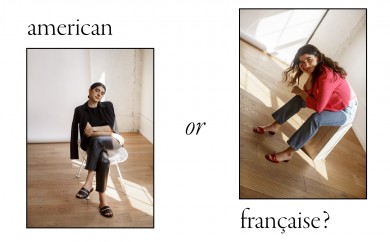
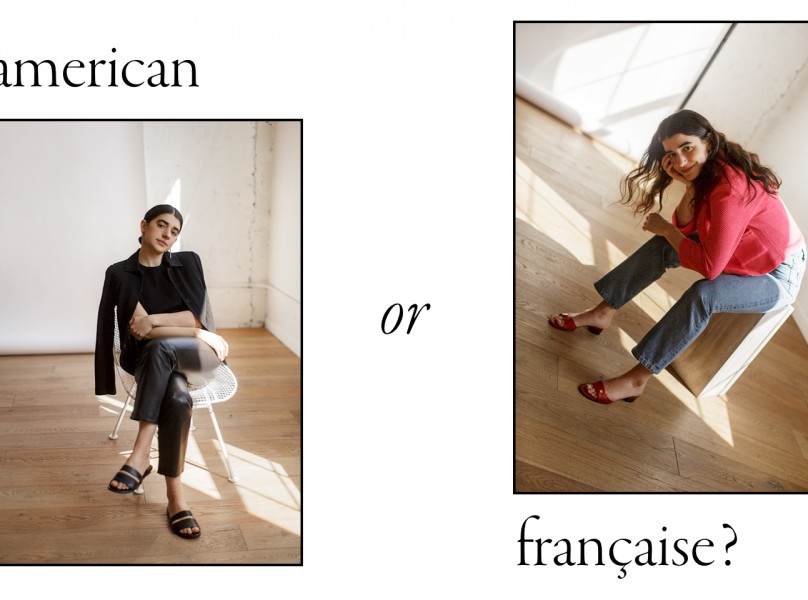

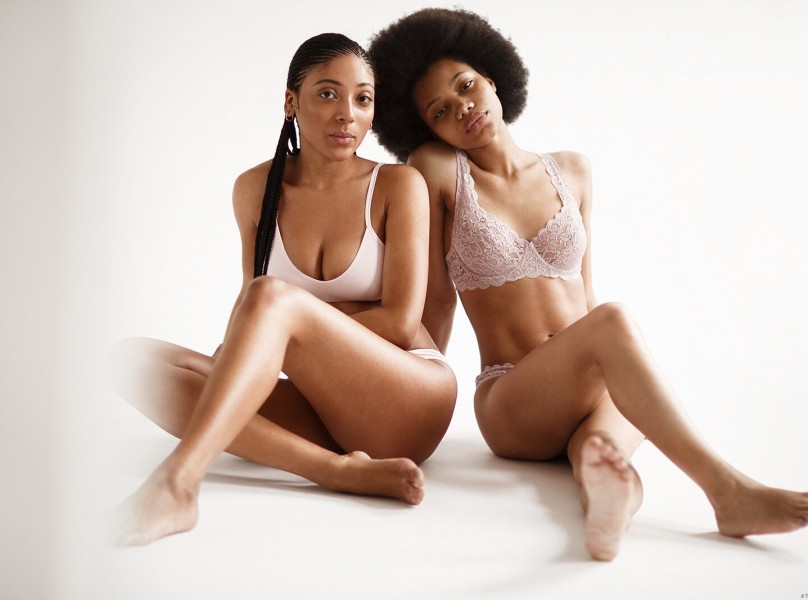



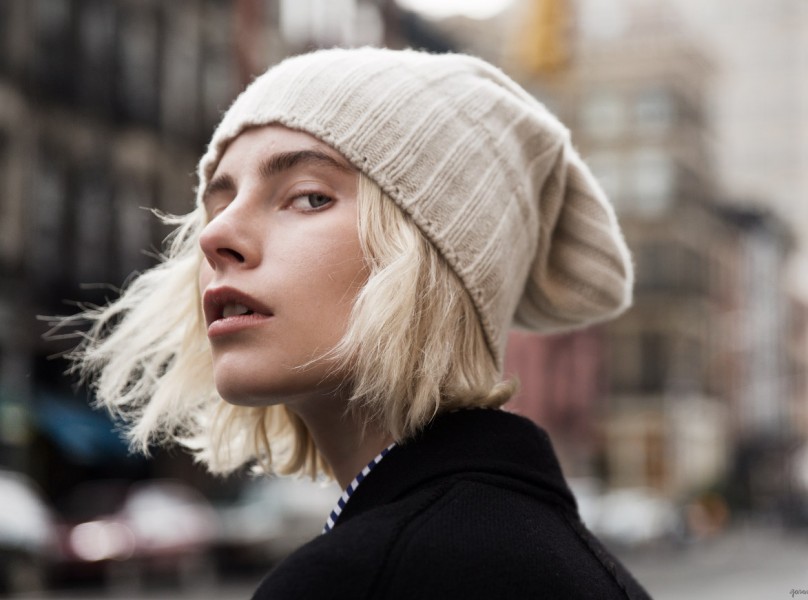
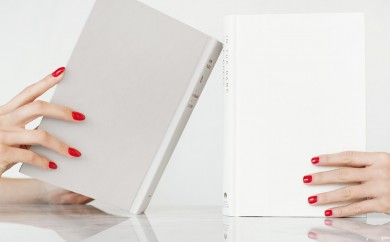
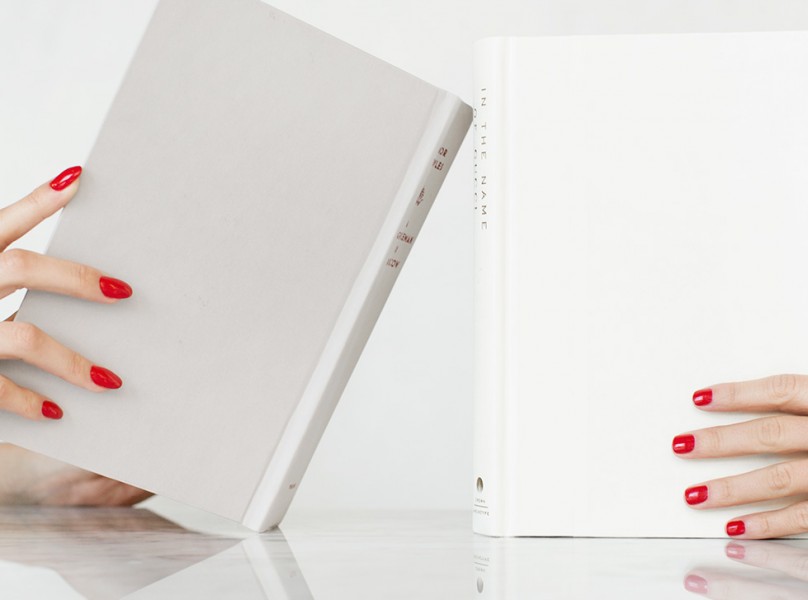
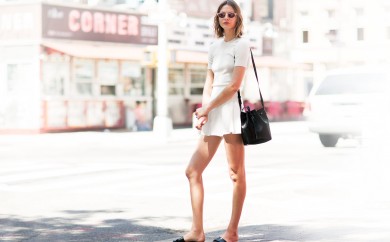
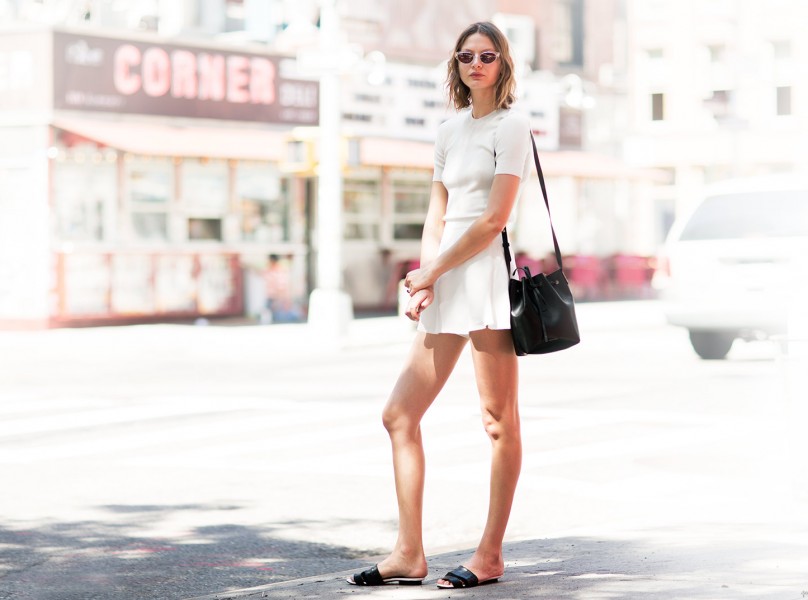
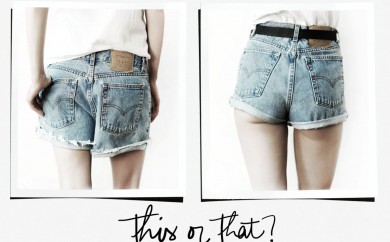
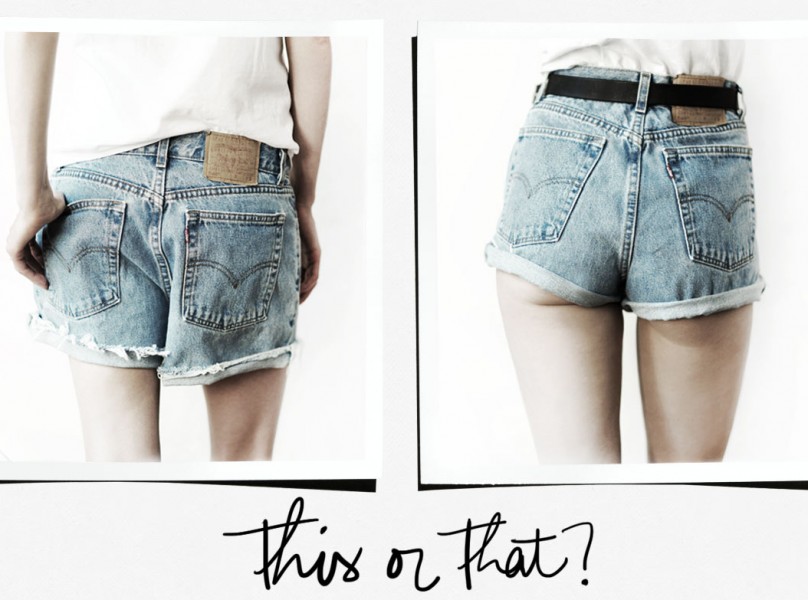
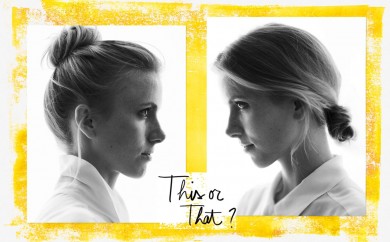
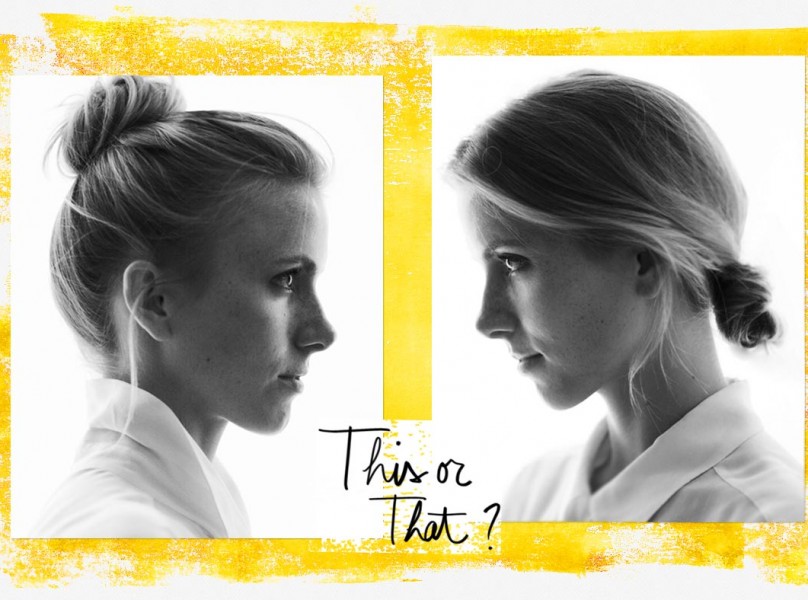



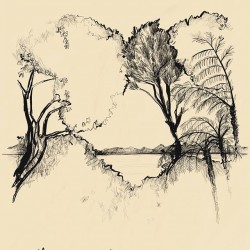
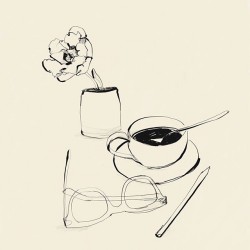
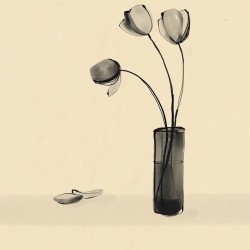
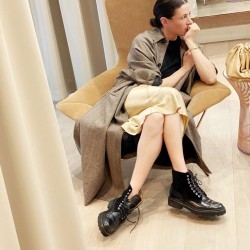

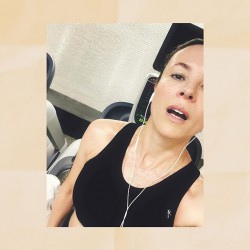

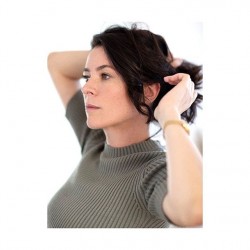
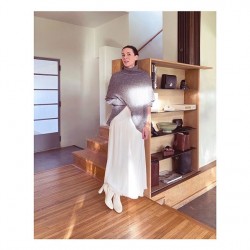
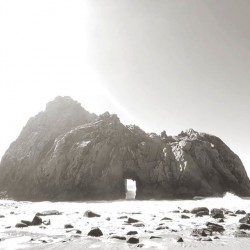

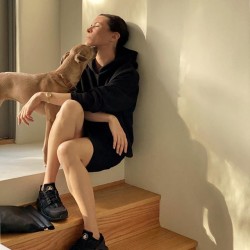
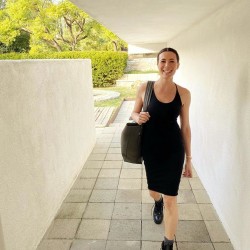
what a fantastic piece! very informative
This is a great interview! I love how it emphasizes choosing work you love. Really, it is about a connection, and how it can enrich your life.
One great NYC fundraiser with a great cause and an incredible range of work, postcards at a really reasonable price (and a great, great preview party the night before!!!), is Postcards From the Edge by Visual AIDS (https://visualaids.org/events/detail/21st-annual-postcards-from-the-edge). It’s held in Chelsea, with a different host gallery each year. This year it’s at Bortolami on Feb 22-24.
It’s fantastic!
I am an art advisor based in Johannesburg, South Africa. What a great interview and pertinent information. A year ago, I read BJ Topol’s interview, what an inspiration. I had just set up my business. That interview gave me the courage to be resolute about integrity. This interview encourages me to stay the course. I advise on Contemporary Art by African Artists on the continent and the diaspora. I changed careers from Marketing & Communications and completed a course in Art & Business at Sotheby’s Institute of Art. Full of admiration for the two ladies. Love BJ Topol’s style and house! http://www.makdct.com
Good artical
Very informative. I think it’s also helpful to find some artists on instagram or on the web and follow them for a little while to get a sense of what art you are inclined to. For my first art, I focused on the color palette that I wanted for the mood of the space.
http://www.sketchingandreading.com
Thank you so much for this article. I’ve never felt like I wanted to own anything home related (commitment issues I guess, I wanted to feel like I can just get up and leave in a flash) until I moved to France with my husband a few months ago. We started putting together our dream home, piece by piece. I suddenly had this urge to fill it with beautiful pieces, art, sculptures and even bone china. We have some black and white photos on the walls, a few of my own drawings and a couple of reproductions but I would love to start collecting art. I recently bought a sculpture, which I fell in love with previously. My husband fell over laughing when I told him how much I paid for it but for me it it was worth it. I guess it just goes to show how subjective art is. Your piece came in just the right time for me- thank you.
Ana
http://www.saschaandtheboys.com
There are a multitude of small galleries that potential collectors should visit. The locations range from the Lower East Side to Brooklyn, Queens and beyond. Going to art fairs is not necessarily for the beginning collector. Small galleries need support and this is where many artists start out and these spaces are becoming harder to sustain in light of art fairs and giant conglomerate galleries.
Such a great piece. Has a good flow and depth to it. Well done! Really enjoyed reading this one.
Atelier is really steppin’ up the game!!! Thanks for the article, Girs!
Genius! So refreshing to have a normal approach to buying!